honey is produced by honey bees and used by humans as a food and medicine. It arises from the nectar of flowers or from excretions from insects.
What you should know about honey

Honey is produced when bees ingest sweet juices and nectar juices from plants, change them in their bodies and then store them in the honeycombs of the beehive and allow them to mature. The bee can suck up nectar or honeydew with its trunk.
Honeydew is a product of excretions from various insects. The bees store the nectar and the honeydew in their honey bladder and transport both to the beehive. There the sugary juice from the honey bladder is released to the hive bees. Stick bees are workers. They transfer the juice several times by first absorbing it into their own bee body and then releasing it again at a new location. During transport and when moving, the bees add acids, proteins and enzymes to the nectar they collect. This turns the sucrose in the nectar into invert sugar.
Glucose and fructose are isomerized. This in turn creates higher saccharides. The flower nectar is also thickened so that a water content of less than 20 percent is usually achieved. Inhibins are also produced. Inhibins can inhibit the development and growth of bacteria and yeast.
At this point the honey drying process is also complete. The honey is now stored in special cells directly above the brood nest. To protect it, it is closed with an airtight layer of beeswax. This process is also known as capping. Honey was probably already used as a food in the Stone Age. For a long time it was the only sweetener. House beekeeping and the targeted production of honey probably have their origins in Anatolia in the 7th millennium BC.
3000 years before the birth of Christ, honey was considered the food of the gods in Egypt. The healing properties of honey have been described by numerous doctors and scholars of antiquity. Since sugar can be obtained industrially from sugar beet, honey has lost its importance as a sweetener. Today honey is valued primarily as a sweet and tasty spread on bread. Asia is the main producer of honey, followed by Europe and Central and North America. Worldwide honey production is around 1.3 tons per year.
Importance to health
In Greek mythology, the gods owed their immortality to honey. Hippocrates, a doctor of antiquity, reported on the antipyretic effects of the gold of bees. Even if honey is no longer so present as a remedy today, there are certainly studies that confirm the effectiveness of the bee product.
A New Zealand researcher showed that around 60 different types of bacteria are sensitive to honey. Even antibiotic-resistant bacteria could be killed with the help of wound dressings made of honey. The antimicrobial effect of honey is probably due to the bee enzymes it contains. Glucose oxidase also appears to play a role. It is broken down in the body into hydrogen peroxide.
This substance, in turn, has an antibacterial and antiviral effect. The flavonoids in honey also have an antiviral and cancer-inhibiting effect. The flavonoid pinocembrine also has an anti-inflammatory effect. That's one reason honey can soothe a sore throat.
Ingredients & nutritional values
So far, more than 250 natural ingredients have been found in honey. These include many amino acids, minerals, vitamins and trace elements.
Roughly described, honey consists of 72 percent simple sugars, 18 percent water, 8 percent multiple sugars and 2 percent other substances. The exact composition differs depending on the type of honey. In contrast to sugar, honey contains many simple sugars such as fructose, maltose, melezitose or glucose. It is easy on the digestive system and is suitable as a quick source of energy.
Despite the high sugar content, honey is low in calories compared to other sweet treats. Honey contains around 300 calories per 100 grams. In honey, minerals such as calcium, magnesium and potassium as well as various vitamins are contained in small amounts. The ingredient glucose oxidase is responsible for the healing properties of honey.
Intolerances & allergies
Allergies to honey are very rare. It is not yet clear whether the honey itself or pollen residues are responsible for the allergies. An intolerance occurs more frequently than the allergy. However, honey contains a lot of fructose and is therefore not tolerated by people with a fructose intolerance.
In addition, honey is not suitable for small children under one year of age. It can contain spores of the bacterium Clostridium botulinum. In adults, these small amounts of spores are rendered harmless directly in the stomach and intestines. However, the infant's intestinal flora is not yet sufficiently developed to eliminate the pathogen. The spores sprout in the baby's intestines and produce a muscle-paralyzing neurotoxin. The condition is also known as infant botulism.
Shopping & kitchen tips
The taste and quality of honey depend on the location of the bee colonies, the time of harvest and the plants from which the bees collected the nectar. Which nectar sources the bees visited can be proven by analyzing the pollen in the honey. In order for a honey to be considered pure, a certain proportion of the respective pollen must be present.
The majority of German bee honey is produced in a bee-friendly and environmentally friendly manner. Anyone who buys honey from a local beekeeper knows for sure where the honey comes from. Members of the German Beekeeping Association are allowed to sell their honey under the brand name "Echter deutscher Honig". Many of the German beekeepers do not have an organic seal. Although honey is usually a raw food and natural product even without an organic seal, the requirements for organic products are much stricter.
No residues of pesticides or insecticides are allowed in honey. The beehives are also only allowed to consist of natural materials. The wax sheets in the beehive must also not contain any residues. Of course, the flight of the bees cannot be controlled, so that nectar from conventional cultivation areas can also get into the organic honey.
The origin must be noted on the labels of the honey jars. Honey from EC countries is always preferable. This is the only place where the wellbeing of the bees and ecological compatibility is guaranteed. In order to preserve the quality of the honey as long as possible, good storage is necessary. The bee product should be stored in a cool place and protected from direct sunlight. Storage in the refrigerator is not recommended
Preparation tips
Honey is sensitive to heat. If the honey is heated for too long or if the temperature is too high, the healthy ingredients of honey are lost. It should therefore always be added to the finished meal and not cooked with it. Honey tastes good as a sweet spread. With its fine aroma, it also refines cheese dishes, sauces and baked goods.

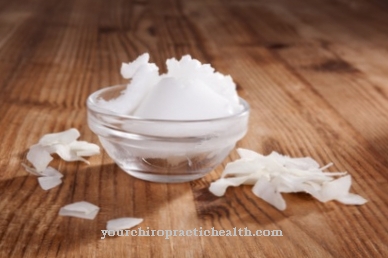
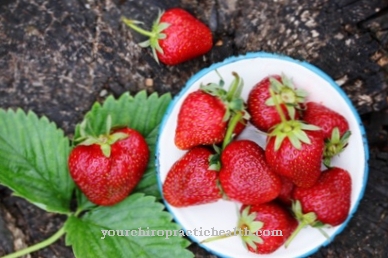
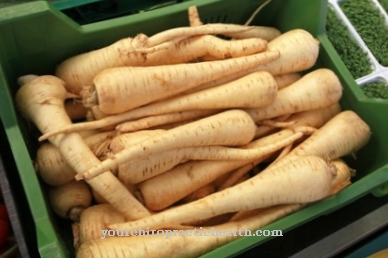
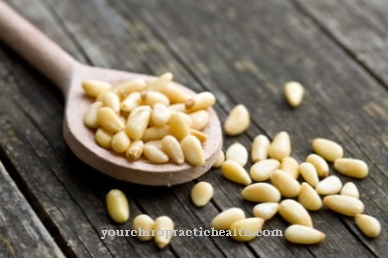
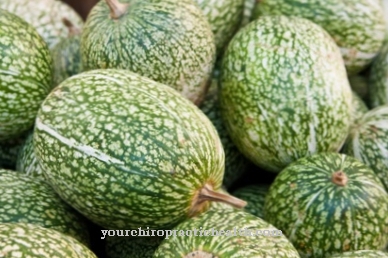


















.jpg)



